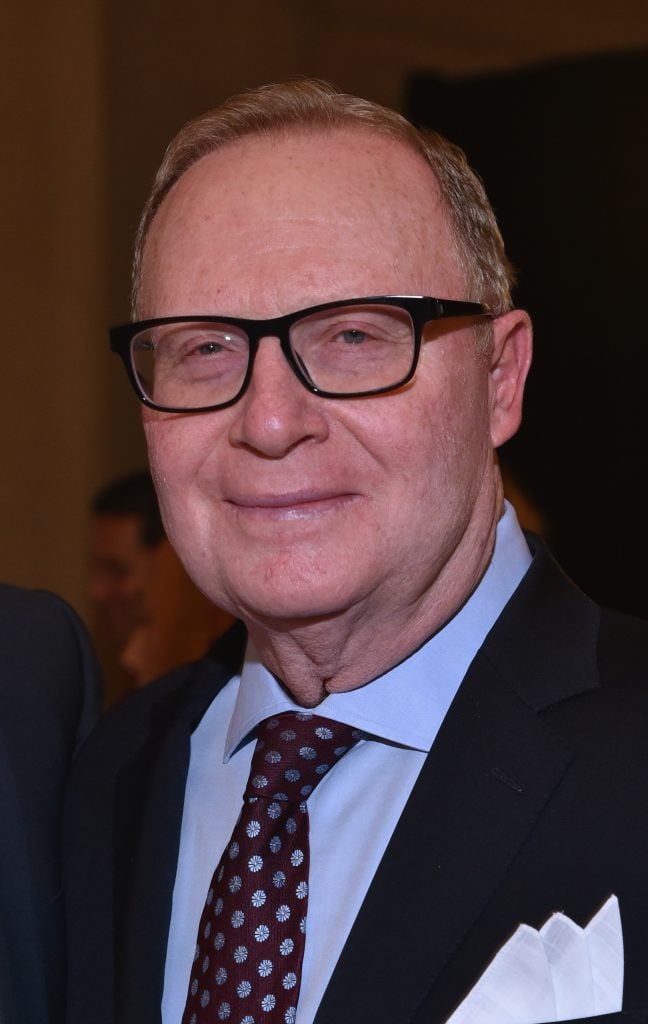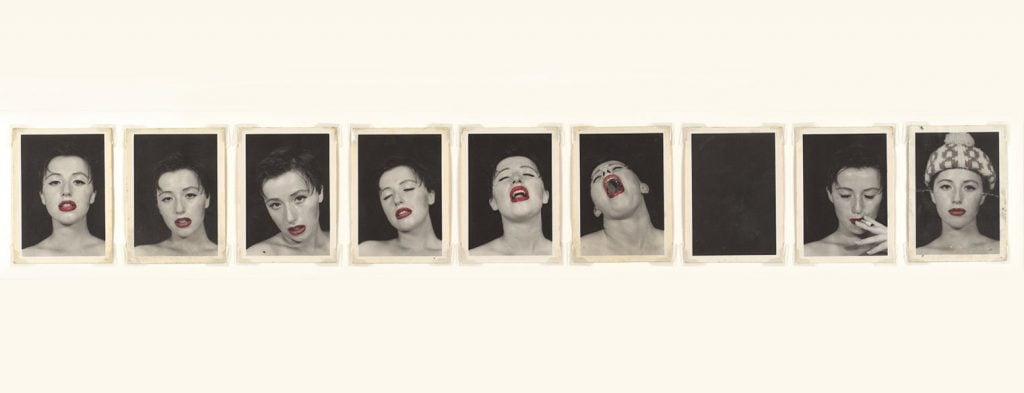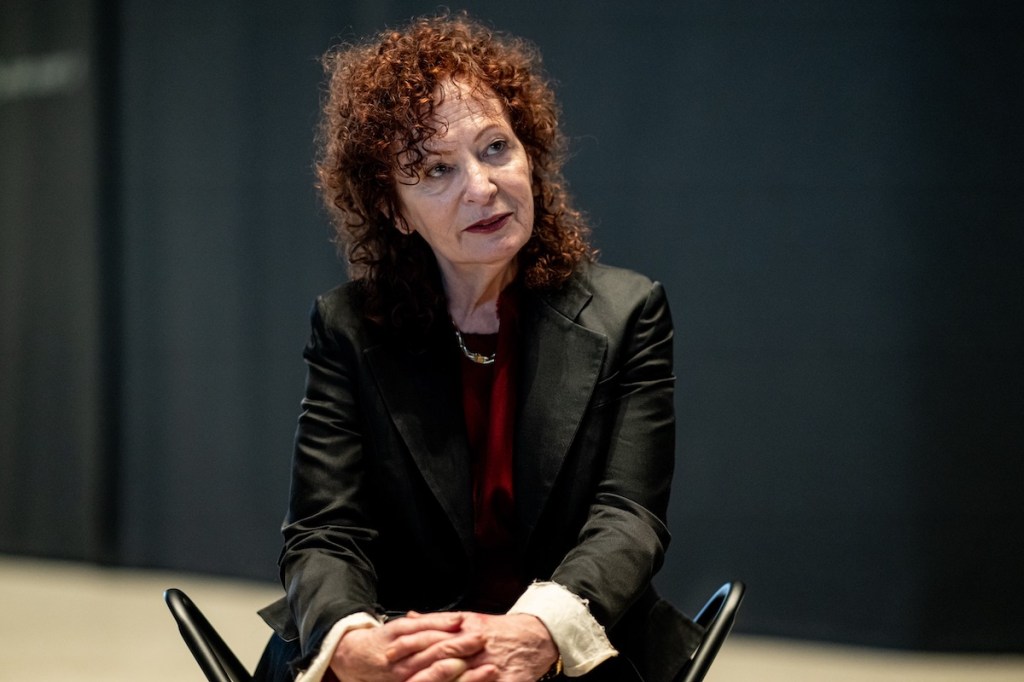In happier times, prominent friends would gather at the chic Sutton Place home of the billionaire museum trustees Thomas H. Lee and Ann Tenenbaum to celebrate their favorite causes amid paintings by 20th-century giants and electrifying works by living artists. A curved staircase, meanwhile, beckoned to ever higher realms above the bustle of Manhattan.
This week, New York society assembled there one more time for a far more somber occasion: the Jewish mourning ritual of shiva, following Lee’s tragic suicide by gunshot on February 23. The private-equity buyout pioneer was 78, and left behind his wife of 27 years, five children, two grandchildren, and many unanswered questions.
As the family grieves and Wall Street ruminates on Lee’s legacy, some of the implications of his passing have already started to radiate into the museum world and art market. A longtime museum trustee, Lee assembled an art trove replete with paintings by Mark Rothko, Roy Lichtenstein, Jackson Pollock, and Francis Bacon. A monumental 1964 blue-and-red painting by Ellsworth Kelly that hangs in the salon is a promised gift to the Whitney Museum of American Art, on whose board Lee served for 29 years. Some photographs decorating the home are part of a promised gift to the Metropolitan Museum of Art, which paid tribute to the couple’s eye for the medium with a public exhibition in 2020, “Photography’s Last Century: The Ann Tenenbaum and Thomas H. Lee Collection.”
Thomas H. Lee and Ann Tenenbaum’s Sutton Place apartment photographed during an event in 2019. Works by Ellsworth Kelly, Donald Judd, Mark Rothko, and Andy Warhol are on view. Photo: Matteo Prandoni/BFA.com © BFA 2023.
Lee began buying postwar and contemporary art in the 1990s, a significant decade in his professional and personal life. In 1992 his Boston-based firm Thomas H. Lee Partners famously acquired Snapple for about $135 million, took it public, and then resold to Quaker Oats two years later for $1.7 billion. (Lee’s brilliant flip turned out to be a giant flop for Quaker Oats, which resold the beverage company for just $300 million less than three years later, inspiring headlines like “Quaker-Snapple: $1.4 Billion Is Down the Drain”).
Armed with about $927 million from that sale, Lee jumped into the art world as a collector and philanthropist. In 1994, he joined the board of the Whitney, where he would go on to play an important role, serving on the executive committee as well as the committees overseeing the modern painting and sculpture department and nominations for the board. At the Breuer building, the Whitney’s old home, Lee commemorated galleries on the second floor in honor of his parents Mildred and Herbert Lee.
“He brought the attitude of a businessman and an entrepreneur to a sector that, as you well know, is much less focused on that than on the present moment,” said Maxwell Anderson, the Whitney director from 1998 to 2003, noting that, as the chair of the nominating committee, Lee was “critical to charting the future of the institution in recruiting new talent, support, and ideas.”
“I am heartbroken over the loss of Tom Lee, a beloved honorary trustee and resolute, generous supporter of the Whitney Museum,” said Adam D. Weinberg, who has been the Whitney director since 2003. “A trustee for nearly three decades, Tom embodied the passion, dedication, and vision that drives our mission forward. His courage, tenacity, generosity and sense of humor endeared him to us all. He leaves behind an indelible mark on the Whitney and on our hearts. He was a dear, dear friend, and I will miss him terribly.”

Thomas H. Lee in 2015 in New York City. (Photo by Mike Coppola/Getty Images for NYU Langone Medical Center)
At the same time, Lee was becoming a frequent presence at Christie’s and Sotheby’s salerooms, paying record prices for works by Arshile Gorky and Sigmar Polke, as Carol Vogel would attest again and again in reporting for the New York Times.
He was passionate about Abstract Expressionism. In May 1994, he bought Pollock’s Number 22, a small, dense drip painting from 1949, for $1.7 million. The work, which has remained in his collection, could be worth $40 million or more now, according to auction experts.
He picked up the pace in 1995, the year he divorced Barbara Fish, his wife of 27 years. That November, he set an auction record for Arshile Gorky with the $3.96 million purchase of Scent of Apricots on the Fields (1944). (It’s unclear if the work remains in the family collection, but it hasn’t returned to auction, according to Artnet Price Database.)
Privately, Lee bought Rothko’s nearly 8-foot-tall Olive Over Red (1956), according to David Anfam’s catalogue raisonné, Mark Rothko: The Works on Canvas. The Rothko still hangs in his living room. It could be worth about $40 million, according to auction specialists.
Tenenbaum, whom Lee married in 1996, became his collecting partner. She is a trustee of the Met and serves on several other prominent cultural boards in New York.
“She was very much by his side thinking through these choices,” Anderson said, “what they collected and the ways in which they supported individual artists. And I think that hybrid was important for him.”
Three years ago, Tenenbaum spoke with me about the origin of the couple’s photography collection and Lee’s support of her interests.
“He was getting divorced from his wife,” she told me in March 2020. “They had a big art collection, mostly Old Masters. I didn’t care for that stuff. I was only 32. He said, ‘Let’s start over. Go buy some stuff.’”

Cindy Sherman, Untitled Film Still #48,(1979), from the exhibition “Photography’s Last Century: The Ann Tenenbaum and Thomas H. Lee Collection” at the Metropolitan Museum of Art. Promised gift of Ann Tenenbaum and Thomas H. Lee. Courtesy of the artist and Metro Pictures, New York.
Her first acquisition was Cindy Sherman’s photo of a hitchhiker, Untitled Film Still #48, which she bought at auction for $40,000. Today, the work is among Sherman’s most expensive; in 2015, another example from the edition of three fetched $2.9 million at Christie’s.
Lee’s own collecting roots went back to his parents, and especially his mother Micki Lee, who “had an eye and taste ahead of her time,” Vogel wrote in 1998. The elder Lees were early supporters of Jasper Johns and Robert Rauschenberg, often buying freshly made works from Leo Castelli Gallery. One such work was Weeping Women, a painting by Johns, that in 2006 made its way to billionaire David Geffen via Si Newhouse, according to Vogel. Geffen said this week that he still owns the piece.
“They were very good early collectors of contemporary art,” said a person who knew them. “They were buying on the primary market. [Lee] learned from his parents to buy primary-market when he could.”
Micki Lee’s Calendar (1962) by Rauschenberg recently entered the Met’s collection as a gift from the Lee family, according to the museum. Apparently, the work had been offered for sale privately over the past 10 years but was unable to find a buyer, a person familiar with the work said.
While Lee’s parents were noted collectors, his personal art trove was largely of his own making and taste, a mix of blue-chip postwar art and emerging works. As recently as 2019, guests to the Lee and Tenenbaum residence would encounter a small portrait by Francis Bacon, a wall piece by Donald Judd, a map by Alighiero Boetti, a Bruce Nauman neon, the iconic twins by Diane Arbus that inspired The Shining, a sleek glass sculpture by Fred Eversley, an exuberant ceramic pot by Brian Rochefort, and a Jeff Koons painting from his Hulk Elvis series.

Andy Warhol, 5 Deaths twice 1 (Red car crash) (1963). Courtesy of Sotheby’s.
A key work was Warhol’s 1963 5 Deaths twice 1 (Red car crash), which sold for $6.5 million at Sotheby’s in 2004. It may be worth $15 million to $20 million in today’s market, according to auction experts.
The exact value of the collection is tricky to assess because it’s unclear what remains in it and what may have been sold in recent years privately. Complicating things further is the fact that Lee was, in auction parlance, “a value buyer,” according to a person familiar with his collecting.
“It’s all the right names: Rothko, Pollock, Lichtenstein,” the person said. “The works are good, but they are not great.”
Still, Lee expected top prices when negotiating with the auction houses. When a group of Lee’s works ended up coming for sale at Christie’s in November 2016, a Warhol self-portrait fetched $6.5 million but a Lichtenstein work on paper, Reverie, failed to sell, according to Artnet Price Database. It was last seen this week in the Sutton Place apartment, according to people familiar with the setting.
It’s unclear whether any of these works have been promised to institutions. Michael Sitrick, a representative for the family, said the family was not doing the interviews.
It’s also unclear whether any of the art might head to auction. After Newhouse died in 2017, leaving the art trove to his wife, several key works from his collection came to market, with Warhol’s Orange Marilyn and Koons’s bunny selling for eye-watering numbers to billionaire hedge fund managers. Still more works are coming to Christie’s in May.
What is certain is that the Wall Street icon’s sudden death is now reverberating on many levels, including in the art world.
“Tom Lee was a remarkable philanthropist and a dear friend to many,” said Max Hollein, the Met’s director. “His unwavering commitment to the Met for more than 25 years, together with his wife Ann Tenenbaum, has left an indelible mark on our institution. He and Ann provided transformational gifts to the Department of Photographs and beyond that will continue to enrich the lives of our visitors for generations to come. We are deeply saddened by his loss and extend our heartfelt condolences to his family and loved ones.”
Follow Artnet News on Facebook:
Want to stay ahead of the art world? Subscribe to our newsletter to get the breaking news, eye-opening interviews, and incisive critical takes that drive the conversation forward.










